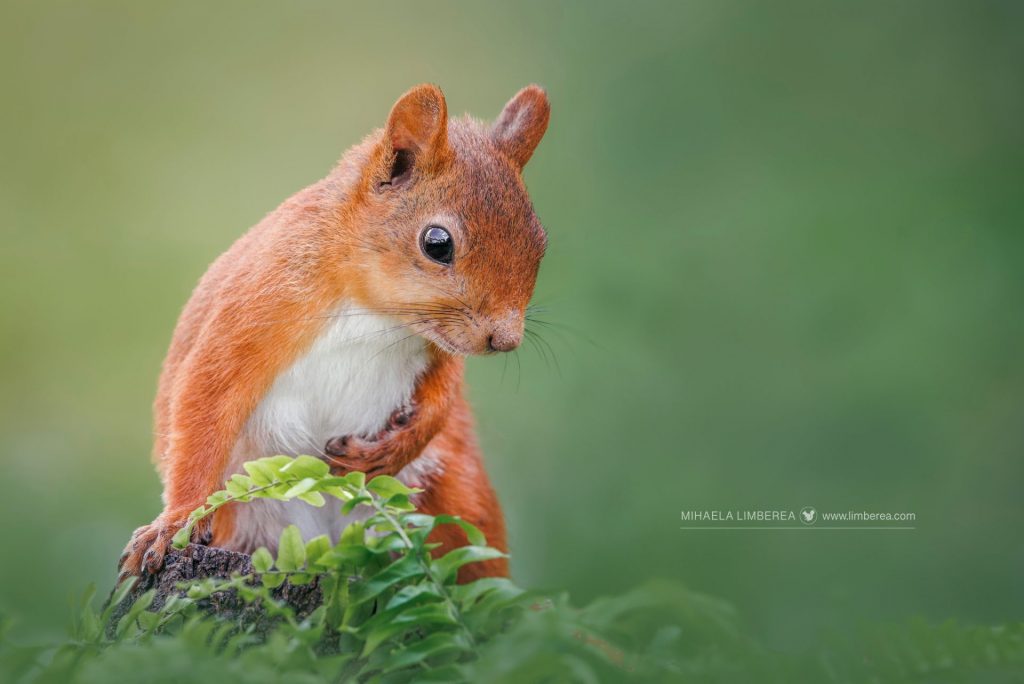
This is a charming origin story, said to come from the Kamba tribe in Kenya, explaining elephants’ intelligence.
Long ago, there lived an extremely poor man. For years, he lived with extraordinarily little, and eventually, he became very tired of his poverty. At last, he went to see his witch doctor to ask for help. “Go and see Ivonya-ngia,” he advised,” he who feeds the poor.”
When he reached Ivonya-ngia, he asked, “Please tell me how I can become rich.” Ivonya-ngia told his herdsmen, “Give this man 100 cows, 200 sheep, and 300 goats.” No, no, no,” said the poor man, “I do not want charity; I only want advice on how to become rich.” The rich man thought for a while and then gave the poor man some ointment: “This is a magic ointment. You must rub it on your wife’s pointed teeth. Wait for them to grow, then take them out and sell them.“
The man did what he was told, and within a few weeks, his wife’s teeth had grown as long as his arms. He took them out and sold them, for they were pure ivory. He did this several times, and he became wealthy.
A jealous neighbor came to ask him how he’d become so wealthy, and he gave the same advice, “Go and see Ivonya-ngia.” Soon, the neighbor was rubbing the magic ointment on his wife’s teeth. They grew and grew.
Unfortunately, the man had not been told to take the tusks out and sell them. Eventually, the woman’s face grew strange, her body swelled to an enormous size until she turned into an elephant. Finally, she burst through their little hut and she ran off into the bush. There she gave birth to a son who was a baby elephant, and there they remained.
That was the origin of elephants, a species still as clever as people.
Related Posts
If you liked this post, share it on your preferred social network or forward it to a friend.

















